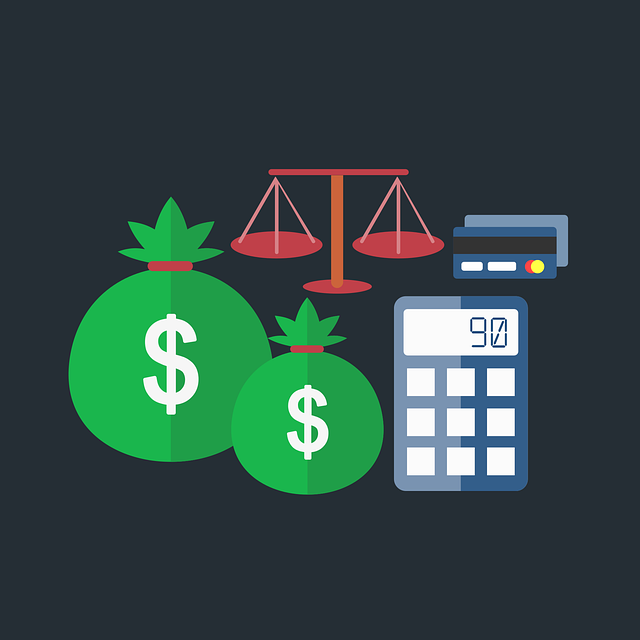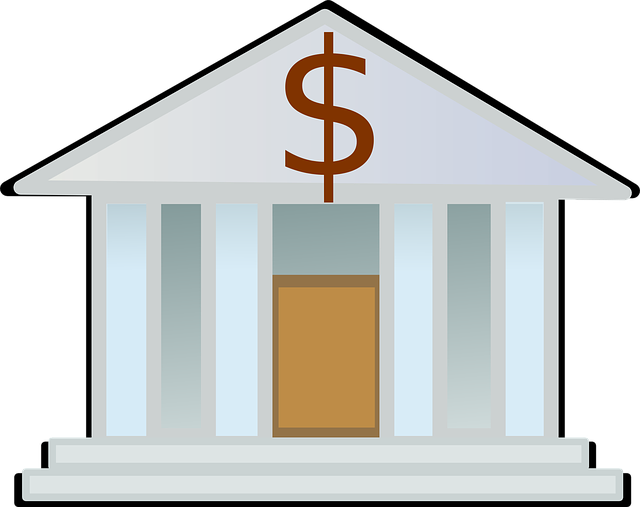Understanding alternative loan cost structures is vital for borrowers seeking nontraditional financing. These loans often include origination/processing fees and variable interest rates linked to market conditions or creditworthiness. By reviewing these costs, which can impact overall borrowing expenses, individuals can make informed decisions, selecting the most suitable alternative loan that aligns with their financial needs while effectively managing additional costs. Shopping around for competitive rates, opting for fixed-rate loans, paying off loans swiftly, maintaining good credit, and thoroughly reviewing agreements are strategies to minimize loan fees and optimize loan interest for alternative loans.
In today’s financial landscape, nontraditional financing options are gaining traction. From peer-to-peer lending to crowdfunding, these alternatives offer flexible funding but come with distinct cost structures. This article delves into the intricate world of nontraditional financing costs. We explore the various components that make up alternative loan fees, analyze different loan structures and associated charges, and provide strategies for borrowers to optimize their loan interest and minimize overall costs. Understanding these dynamics is crucial for making informed decisions in the evolving credit market.
- Understanding Nontraditional Financing Cost Components
- Analyzing Alternative Loan Structures and Fees
- Strategies for Optimizing Loan Interest and Minimizing Costs
Understanding Nontraditional Financing Cost Components

Nontraditional financing options, such as alternative loans, often come with distinct cost structures that differ from conventional lending. Understanding these costs is essential for borrowers looking to navigate this landscape. The primary components include various loan fees and interest rates. Unlike traditional loans, where interest is calculated based on a fixed or floating rate, alternative loans may have more variable interest charges, linked to market conditions or the borrower’s creditworthiness.
These fees can encompass origination charges, processing costs, early repayment penalties, and platform or service fees for online lenders. Borrowers should carefully review these cost structures, as they can significantly impact the overall expense of borrowing. Knowledgeable borrowers can then make informed decisions, choosing the nontraditional financing option that best aligns with their financial needs while managing potential additional costs effectively.
Analyzing Alternative Loan Structures and Fees

Nontraditional financing options often come with unique loan structures and a different set of fees compared to conventional loans. When exploring alternative loans, borrowers should carefully analyze these elements. Loan fees can vary widely depending on the lender, the type of loan, and various borrower-specific factors. These fees may include origination charges, processing fees, early repayment penalties, and more. Understanding these costs is crucial for budgeting and ensuring financial transparency.
Alternative loans might offer flexible interest calculation methods, such as charging interest only on the portion of the loan used or applying a fixed rate regardless of market fluctuations. Some lenders also provide customized fee structures tailored to individual needs. Borrowers should compare different alternative loan offers, considering not just the interest rates but also the overall cost of fees associated with each option. This meticulous analysis ensures borrowers make informed decisions and choose the most suitable nontraditional financing solution for their circumstances.
Strategies for Optimizing Loan Interest and Minimizing Costs

When exploring nontraditional financing options, one key area to focus on is minimizing costs and optimizing loan interest. Alternative lenders often charge different fees compared to traditional banks, so understanding these structures is essential. Some strategies to consider include shop around for the best rates; compare not just annual percentage rates (APRs), but also all associated fees; choose fixed-rate loans over variable ones for predictability; and pay off your loan as quickly as possible to reduce overall interest expenditure.
Additionally, borrowers can leverage their credit history and score to negotiate better terms. Securing co-signers or using assets as collateral might also lower loan fees. Keeping a good financial standing and maintaining low debt-to-income ratios can further enhance negotiating power. Remember that transparency is crucial; review the loan agreement thoroughly before signing to ensure you understand all costs involved.






